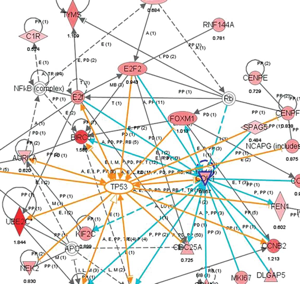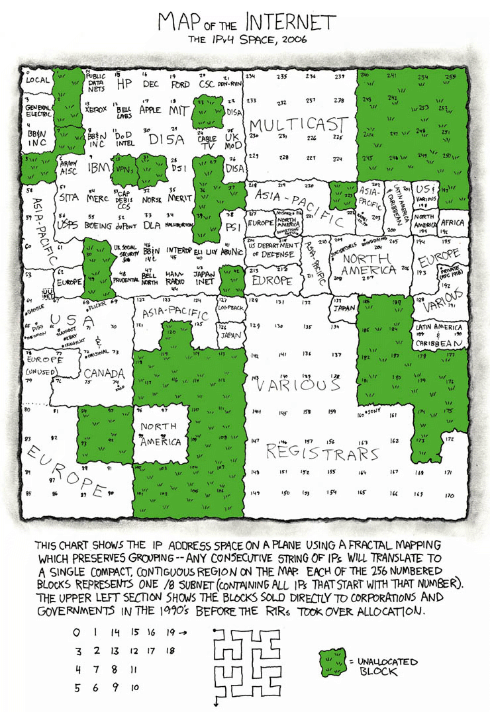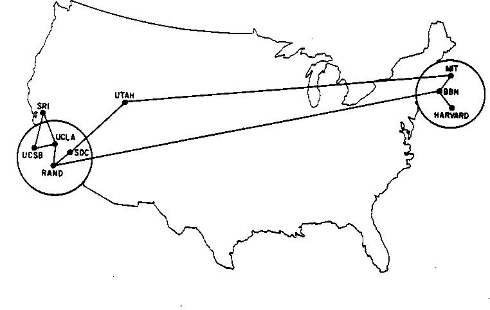Who didn't invent email, part 2
Back in 2014, Steve wrote an article discussing Shiva Ayyadurai,and his claims that he was the inventor of email. In that article he links to a number of articles from Techdirt. Earlier this year, Shiva sued Floor64, the parent company of Techdirt, as well as Michael Massnick the Founder, CEO and editor and Leigh Beadon, a writer for Techdirt. (Original Complaint pdf from ReCAP). Ars Technica has a good article on Shiva and his claims.![]()
The complaint asserts that the defendants defamed Shiva in their articles, caused him economic harm and inflicted emotional distress on him.
Today the judge dismissed the case (Memorandum and Order, pdf from ReCAP) against Michael and Leigh. The legal standard for punishable defamatory statements is there must be a way to prove them true or false. The judge ruled that since there is not a single definition of email, that there is no way to definitively prove Techdirt’s statements as true or false.
No one disputes the Shiva coded a system that encompasses the features we expect of any desktop or web based mail client. As many people have mentioned, the fact he was 14 and put together a complex program is impressive in and of itself. No one is disputing what he did accomplish.
To my mind the fundamental core of email is interoperability. It’s that I can sit in my lab at the University of Wisconsin, type a message, hit send and have someone in Boston receive the message. I can sit here in my office in California and write to my client in the the UK. The bits of the email client, which define email according to Shiva, are not email. They’re important for usability, but they’re not what makes email email.
According to Ars Technica, Shiva is going to appeal the dismissal.
EDIT: Techdirt has posted an article on the lawsuit and the dismissal.


